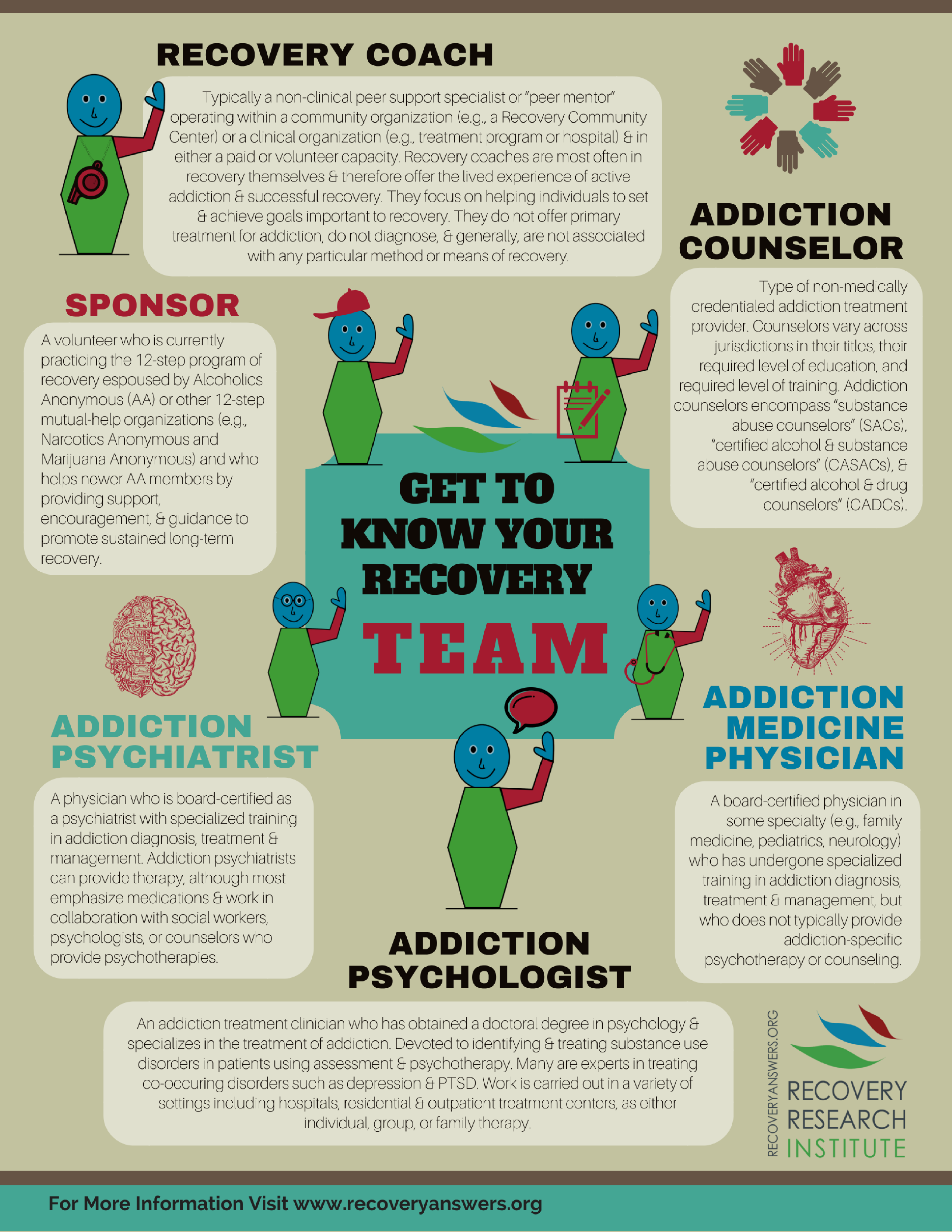Just How Do State Of Mind Stabilizers Work?
State of mind stabilizers help to relax areas of the mind that are impacted by bipolar disorder. These drugs are most effective when they are taken frequently.
It might take a while to find the appropriate drug that functions finest for you and your physician will certainly check your problem throughout treatment. This will entail routine blood examinations and potentially a change in your prescription.
Natural chemical policy
Neurotransmitters are a team of chemicals that manage one another in healthy people. When degrees end up being unbalanced, this can lead to mood disorders like depression, anxiousness and mania. Mood stabilizers help to prevent these episodes by assisting manage the balance of these chemicals in the brain. They also may be utilized alongside antidepressants to improve their effectiveness.
Medicines that work as state of mind stabilizers include lithium, anticonvulsants and antipsychotics. Lithium is probably one of the most well known of these medications and jobs by affecting the circulation of sodium with nerve and muscle cells. It is most often utilized to treat bipolar illness, yet it can also be helpful in dealing with other state of mind problems. Anticonvulsants such as valproate, lamotrigine and carbamazepine are likewise effective state of mind stabilizing medicines.
It can take some time to discover the appropriate kind of drug and dosage for each and every person. It is very important to collaborate with your physician and take part in an open dialogue regarding just how the medication is benefiting you. This can be especially handy if you're experiencing any kind of adverse effects.
Ion network inflection
Ion networks are a major target of state of mind stabilizers and several other medicines. It is now well established that they are vibrant entities that can be regulated by a variety of outside stimulations. In addition, the inflection of these networks can have a variety of temporal effects. At one extreme, adjustments in gating dynamics might be rapid and instant, as in the nicotinic acetylcholine receptor/channel system. At the other end of the range, covalent modification by protein phosphorylation may cause adjustments in channel feature that last much longer.
The area of ion network modulation is going into a period of maturation. Recent studies have shown that transcranial focused ultrasound (US) can boost neurons by turning on mechanosensitive potassium and salt channels embedded within the cell membrane. This was shown by shared networks from the two-pore domain potassium family in Xenopus oocytes, and focused US dramatically modulated the present moving through these channels at a holding voltage of -70 mV (best panel, family member result). The outcomes are consistent with previous observations showing that antidepressants affecting Kv networks control glia-neuron communications to contrary depressive-like actions.
Neuroprotection
Mood stabilizers, like lithium, valproic acid (VPA), and carbamazepine, are essential in the treatment of bipolar illness, which is characterized by persistent episodes of mania and clinical depression. These medications have neuroprotective and anti-apoptotic homes that aid to avoid mobile damage, and they also boost mobile durability and plasticity in useless synapses and neural circuitry.
These protective activities of mood stabilizers may be moderated by their inhibition of GSK-3, inositol signaling, and HDAC task. Additionally, long-lasting lithium treatment safeguards versus glutamate excitotoxicity in cultured nerve cells-- a version for neurodegenerative disorders.
Research studies of the molecular and cellular impacts of state of mind stabilizers have shown that these medications have a wide range of intracellular targets, including several kinases and receptors, along with epigenetic alterations. Refresher course is required to identify if state of mind stabilizers have neurotrophic/neuroprotective activities that are cell kind or wiring specific, and how these impacts might enhance the rapid-acting therapeutic response of these agents. This will aid to develop brand-new, faster acting, more efficient treatments for psychiatric health problems.
Intracellular signaling
Cell signaling is the process through which cells interact with their atmosphere and other cells. It entails a series of action in which ligands connect with membrane-associated receptors and cause activation of intracellular pathways that manage crucial downstream mobile features.
State of mind stabilizers act on intracellular signaling via the activation of serine-threonine healthy protein kinases, resulting in the phosphorylation of substratum healthy proteins. This triggers signaling cascades, bring about modifications in gene expression and mobile feature.
Numerous mood stabilizers (including lithium, valproate and lamotrigine) target intracellular signaling pathways by hindering certain phosphatases or activating specific kinases. These impacts trigger a decline in the task of these pathways, which leads to a decrease in the synthesis of specific chemicals that can affect the mind and lead to signs and symptoms of clinical depression or mania.
Some state of mind stabilizers also work by boosting the activity of the inhibitory natural chemical gamma-aminobutryic acid (GABA). This boosts the alternative mental health treatments GABAergic transmission in the brain and lowers neural activity, thus creating a soothing result.

Comments on “Men’s Mental Health Treatment Options”